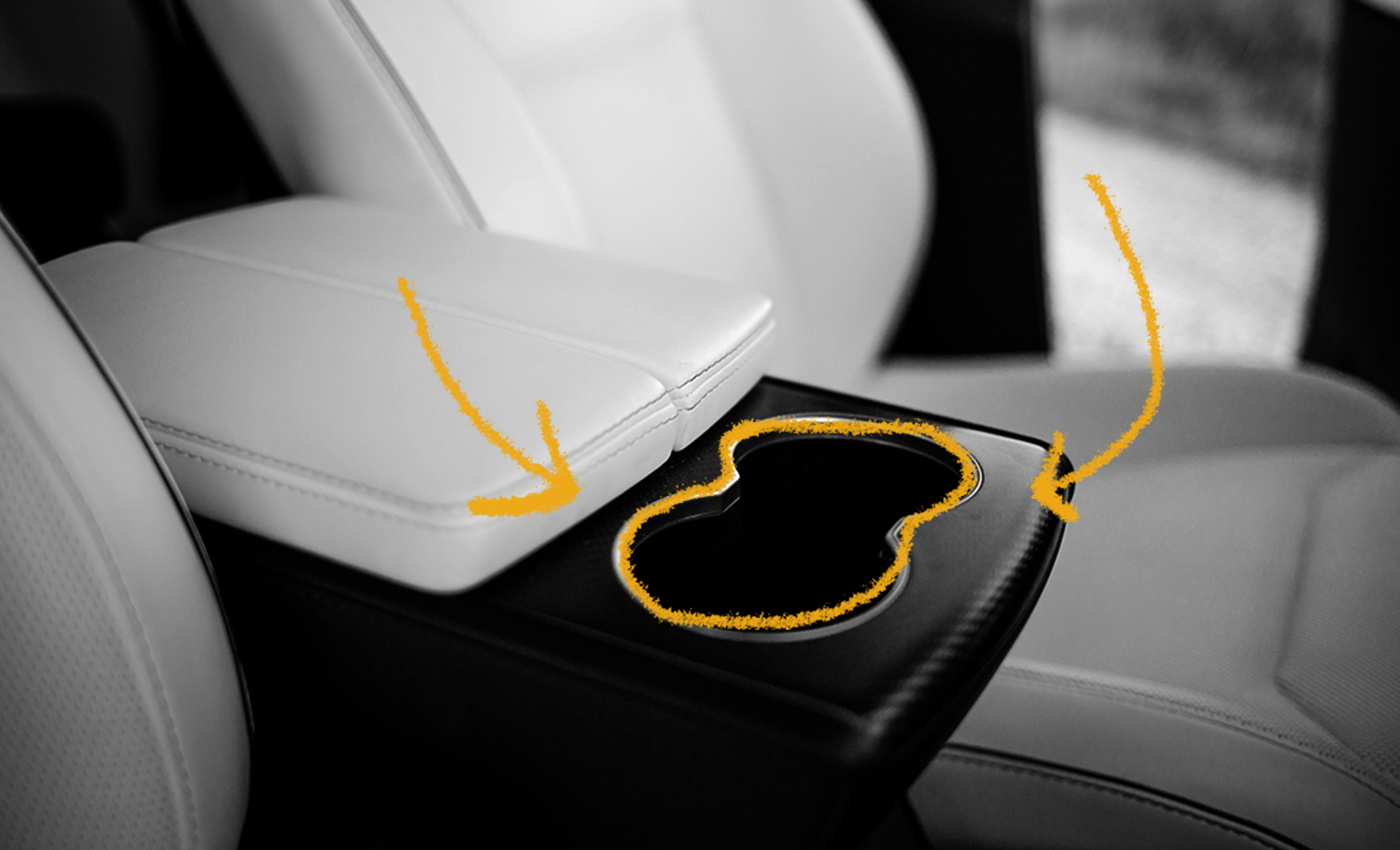Some early automobiles came with picnic baskets or kitchenette sets, but eating or drinking while a car was in motion was not possible since early cars did not run very smoothly. In the 1950s and 1960s, drive-ins became popular and people began to eat in their (stationary) cars. Rudimentary cup holders were sometimes incorporated into snack trays and patents for various types of holders were granted for devices like the Automobile Seat Article Holder and the Refreshment Tray for Automobile Instrument Panel. In the late 1950s, car manufacturers began including cup holders on the backside of glove compartment doors, but most didn’t work very well and certainly wouldn’t hold a cup upright while the car was in motion. Then in 1983, Chrysler created the minivan. They released the Dodge Caravan and the Plymouth Voyager simultaneously and both featured built-in cup holders. In fact, these were the first two mass-produced cars to have the now-standard feature. Throughout the 1980s and 1990s, car cup holders became more and more common features in automobiles, in part because many women were entering the workforce, which is thought to have led to a rise in the popularity of drive-thru restaurants (they offered quick meals for busy families). All of the people frequenting these drive-thrus needed a place to put their drinks, so car cup holders quickly became a necessity. By the mid-1990s, car cup holders had become a standard feature in most cars and they remain so today.

Your go-to guide for weird history facts
Subscribe to the FREE daily email that makes learning about history fun.


